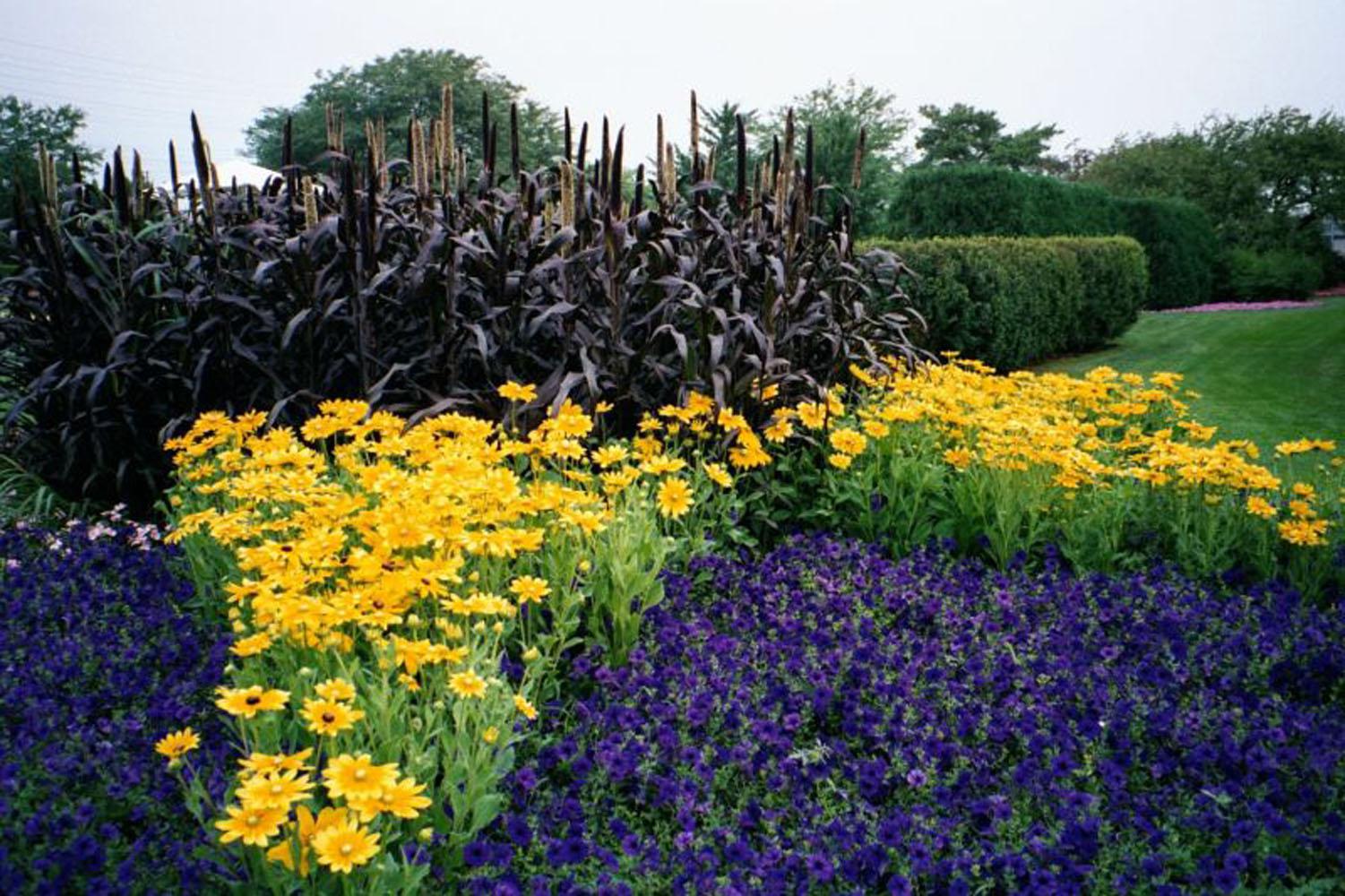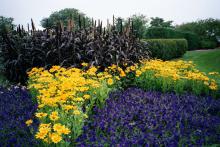Information Possibly Outdated
The information presented on this page was originally released on January 8, 2004. It may not be outdated, but please search our site for more current information. If you plan to quote or reference this information in a publication, please check with the Extension specialist or author before proceeding.
Raised bed gardening provides beauty in '04
By Norman Winter
MSU Horticulturist
Central Mississippi Research & Extension Center
The key to happiness with flowers in 2004 may depend on raised beds.
Twenty years ago the phrase "raised bed gardening" conjured up visions of railroad or landscape timbers encompassing the vegetable garden. The reasons were simple: the soil was yucky, and these walls of wood could hold in the perfect organic and topsoil blends brought in by a truck.
From the standpoint of flowers, the ultimate raised bed is a large container filled with a good, light potting mix and several species of flowers. How many of us as gardeners find sizzle with flowers in a container but fizzle with those same flowers in the landscape?
I encourage beginning gardeners to visualize their flower bed as a pot 8 to 10 inches high but perhaps covering 100 square feet. In other words, create a large horizontal pot.
Very few plants can thrive by simply digging a hole and planting. Most of us do not have the ideal soil for annual or perennial bedding plants. Roots of bedding plants have to penetrate soils quickly, anchor plants and absorb water and nutrients, often under adverse conditions.
In many cases the lots where our homes are sitting have had the topsoil scraped off and a material that is hardly suitable for plant life brought in for the foundation. Unfortunately that material also makes up the flower or shrub beds.
But all is not lost. We can have beautiful flowers -- and many of them are tougher in our climate than we ever dreamed -- but we have to give their roots a good home. With such a great importance aesthetically and financially to our home, it only makes sense to do the job right the first time.
Plants require oxygen, nutrients and water for proper growth. The soil texture plays the most important role in determining whether or not those three needs are met sufficiently to allow the plant to become established and perform to expectations.
Desirable soil has the ability to hold water while allowing for adequate drainage. It also provides adequate oxygen for root development. Tight, heavy clay soils challenge the best of gardeners.
Amending the planting area is one of the best ways to overcome these conditions. This can be done fairly easily and efficiently by adding organic matter such as leaf mold, compost, peat and sand. Incorporating a 3- to 4-inch layer of organic matter with the native soil allows the bed to be built up -- a "raised" bed, if you wish -- and provides excellent drainage.
Commercial landscapers have an easier way to perform this task. After the bed area is cleared of all unwanted vegetation, prepared landscape planting mixes are placed in the bed. These mixes, or blends, have some sort of retaining wall such as baked enamel edging, heavy-duty vinyl, timbers, pavestone or rock.
Depending on the depth of the enclosure, tilling may or may not be necessary. Regardless, the soil will be loose for young plants. These mixes are available by the bag or in bulk at most garden centers.
Separating the raised beds from the turf area with a retaining wall makes a lot of sense. From an aesthetic standpoint, the flowers or shrubs stand out, and the grass even looks better.
It also makes sense from the maintenance standpoint. The beds normally have different water requirements than the turf area. Zoned irrigation is easily accomplished. But the real ease comes from using a string trimmer or edger around the bed's wall. This can be done in minutes versus the labor it would take to get rid of the grass that will encroach easily if no barrier is present.
Raised-bed gardening puts the joy back in planting flowers and shrubs. Your dollars will be wisely invested and your home will increase in beauty and value.



